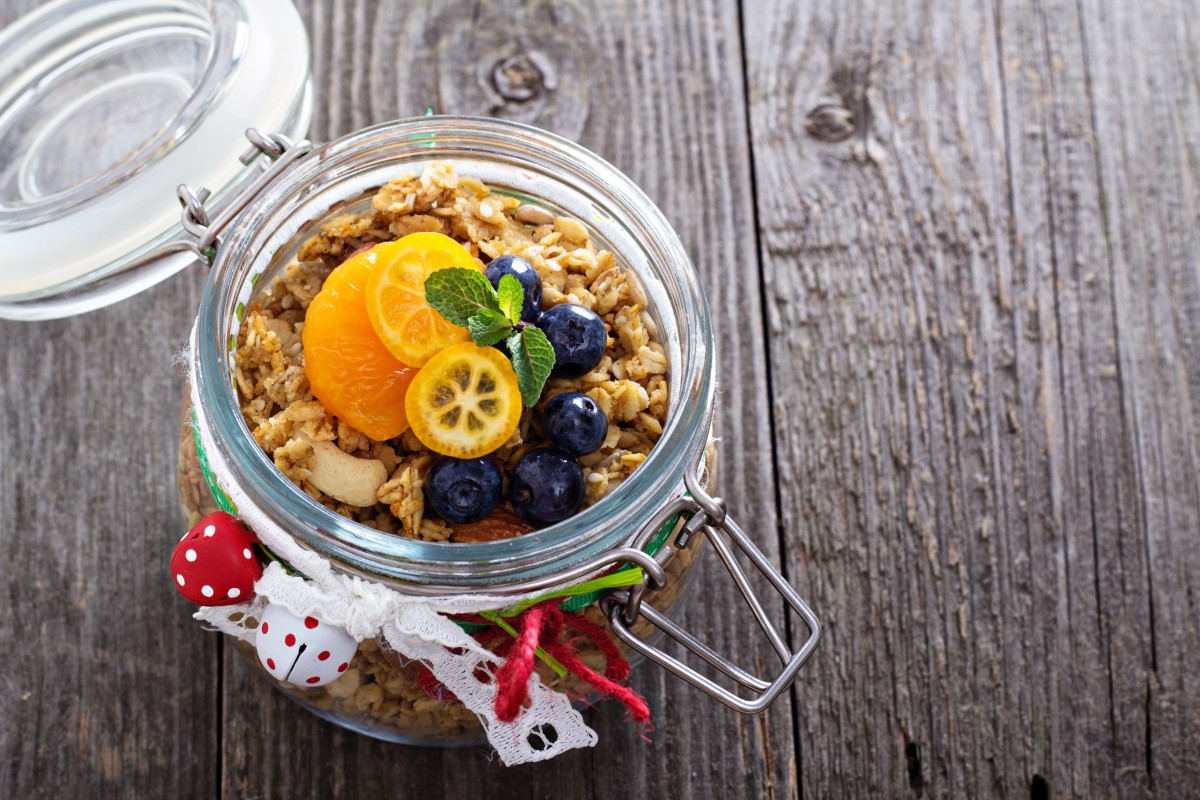How to Ensure Homemade Gifts are Safe to Eat
How to Ensure Homemade Gifts are Safe to Eat
 You look at the pretty relish, salsa or preserve in the glass jar your friend or co-worker gave you. Then the wondering begins; is the canned food gift safe to eat? While it is not possible to guarantee safety with homemade food items, there are some pointers to keep in mind as you look at that gift and decide how – or even if – to enjoy it.
You look at the pretty relish, salsa or preserve in the glass jar your friend or co-worker gave you. Then the wondering begins; is the canned food gift safe to eat? While it is not possible to guarantee safety with homemade food items, there are some pointers to keep in mind as you look at that gift and decide how – or even if – to enjoy it.
The following tips from University of Georgia Cooperative Extension will help you with some first-line decision making.
- Because of their acidity, lower risk foods include fruit jams and jellies and whole fruits like peaches, cherries, plums, and cranberries, or cranberry sauce. The high sugar content of traditional fruit jams, jellies and preserves add an extra measure of safety and barriers to even spoilage.
- Low-acid vegetables and vegetable mixes are higher risk foods because, if improperly processed, they could cause botulism. Botulism is a potentially deadly food poisoning. Improperly canned vegetables have caused botulism in just the past few years, as well as historically. If someone gives you a jar of their home canned vegetables, or soup mixes, it is extremely important to know they followed properly tested canning processes and procedures for preparing the food as well as operating the pressure canner.
- Mixtures of acid and low-acid ingredients like in tomato-vegetable salsas, other vegetables salsas, and some pickled foods, are also a potential risk for botulism. If the home canner processed them in boiling water, as if they are an acid food, then the ratio or proportion of acid to low-acid ingredients is very important. In addition, the style and thickness of the mixture, size of food pieces, and preparation steps can influence what the process time should be. It is best to use properly tested recipes. Do not estimate or make up a canning process for your own recipe.
- There are no properly tested home canning processes to recommend for canning pestos, thickened stews or soups, creamed soups, and pumpkin or other vegetable butters.
Now you know the rules, but you still need to know that the gift giver carried out the recommended procedures correctly. A recipe does not tell you that all steps were followed in carrying out the processing and this can have a great effect on safety, not just the ingredients and food preparation methods.
It is best to make sure the person who canned the foods at home used recipes, and procedures, from trusted sources to know the science behind the canning. Tested or scientifically evaluated processes can be found in the University of Georgia’s So Easy to Preserve book (the current version is the 6th edition), the USDA Complete Guide to Home Canning (2015 is the latest version), or on the National Center for Home Food Preservation website.
It may not be easy to ask these questions of your gift-giver. But important things to think about include, where the recipe and canning instructions came from, when it was canned, and how it was made. If the food looks suspicious, it would be better to toss it out than risk getting sick.
Pieces of food should be covered with liquid with no discoloration or drying out at the top of the jar. In addition, there should not be unnatural discoloration in the food throughout the jar. Throw out anything with mold growing on it. Before opening the jar, look for signs of spoilage such as cloudy and/or bubbling liquid.
Make sure the jar has a vacuum seal when you receive the jar, and again when you open the jar. When you open the jar, make sure the vacuum seal is intact and no liquid is spurting indicating pressure inside the jar forcing it out. Also, notice if there are unusual odors coming from the food in the jar.
Botulism toxin can still be in sealed jars of low-acid foods without any visible signs or off-odors. It is critical to know how these foods were processed and to trust the giver.
These tips from UGA Extension are not meant to take the fun out of the holidays or the creative side away from gift-giving, but to keep people safe. More about observing home-canned foods for spoilage and storing them can be found at http://www.uga.edu/nchfp/how/store/store_home_canned.
This article was originally published on the CAES NewsWire, written by Elizabeth Andress– professor in the online Foods and Nutrition, Community Nutrition program.
